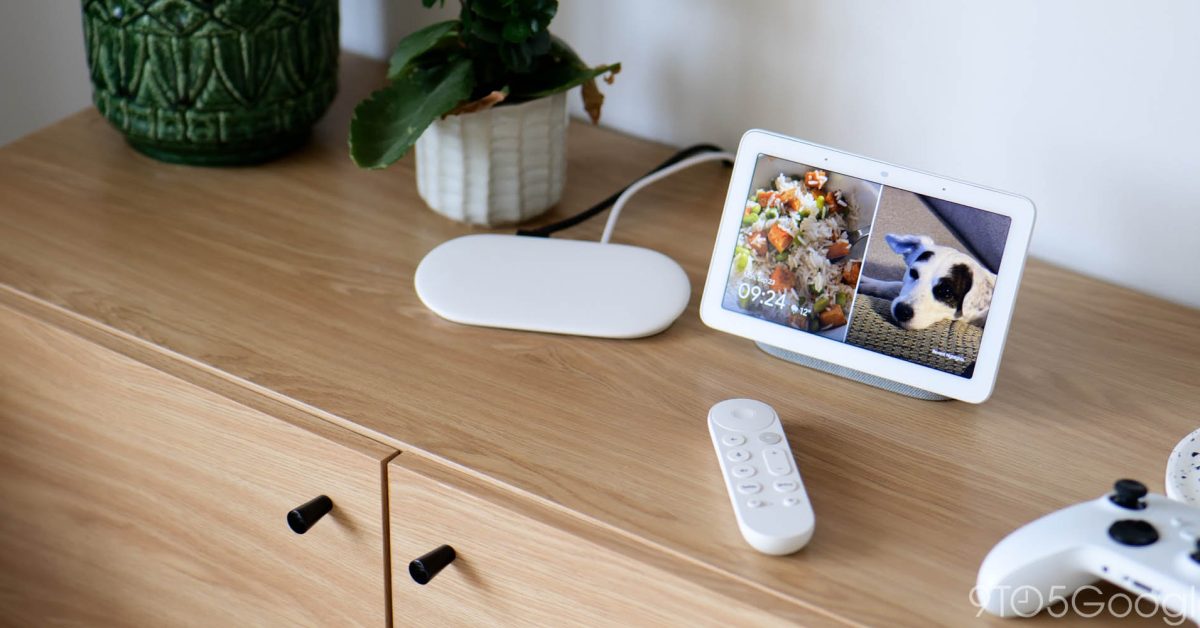Four years after debuting Google TV on the Chromecast 4K, we finally have the follow-up we’ve been waiting for – the Google TV Streamer.
've been an Android user since I got my first Samsung Galaxy S3 and getting ads on the standard launcher on my Philips Android TV was one step too much.
Google will start showing ads in the launcher sooner or later. I might be paying more money for the Apple equivalent, but they aren’t as hostile to their users as Google are.
The alternative launchers available for set top boxes are pretty good. Biggest feature is they’re completely ad-less.
I use Flauncher. It works pretty well and is a simple grid of icons. With some ADB commands it can be set as default, which I did on my Shield
100% they’ll start showing ads.
Amusingly the old Android TV Chromecast (or whatever stupid name they gave it) was actually one of the better boxes for customisability. You could side-load apps so could install a custom (ad-free) launcher and 3rd-party clients like smarttube. You couldn’t really get much better than that without running something like a proper Linux OS on a RPi.
Hoping this one will be similarly OK for tinkering (not that I need a replacement any time soon!)
The Chromecast with Google TV^™
That’s the one
They’ll also start paring features out of the device as soon as it’s convenient for them, like they did with the OnHub as soon as Google Home devices launched. I’m still salty about the OnHub, they flat out neutered a multifunction device down to a big WiFi AP because they just didn’t want people using any of the smart home or speaker functionality once they had other products to sell.
Yeah, no. Anything from google won’t be anything Big in my home.
That’s a no thanks from me…
When the f*#& is Nvidia going to release a new shield tv? This is what the people actually want.







